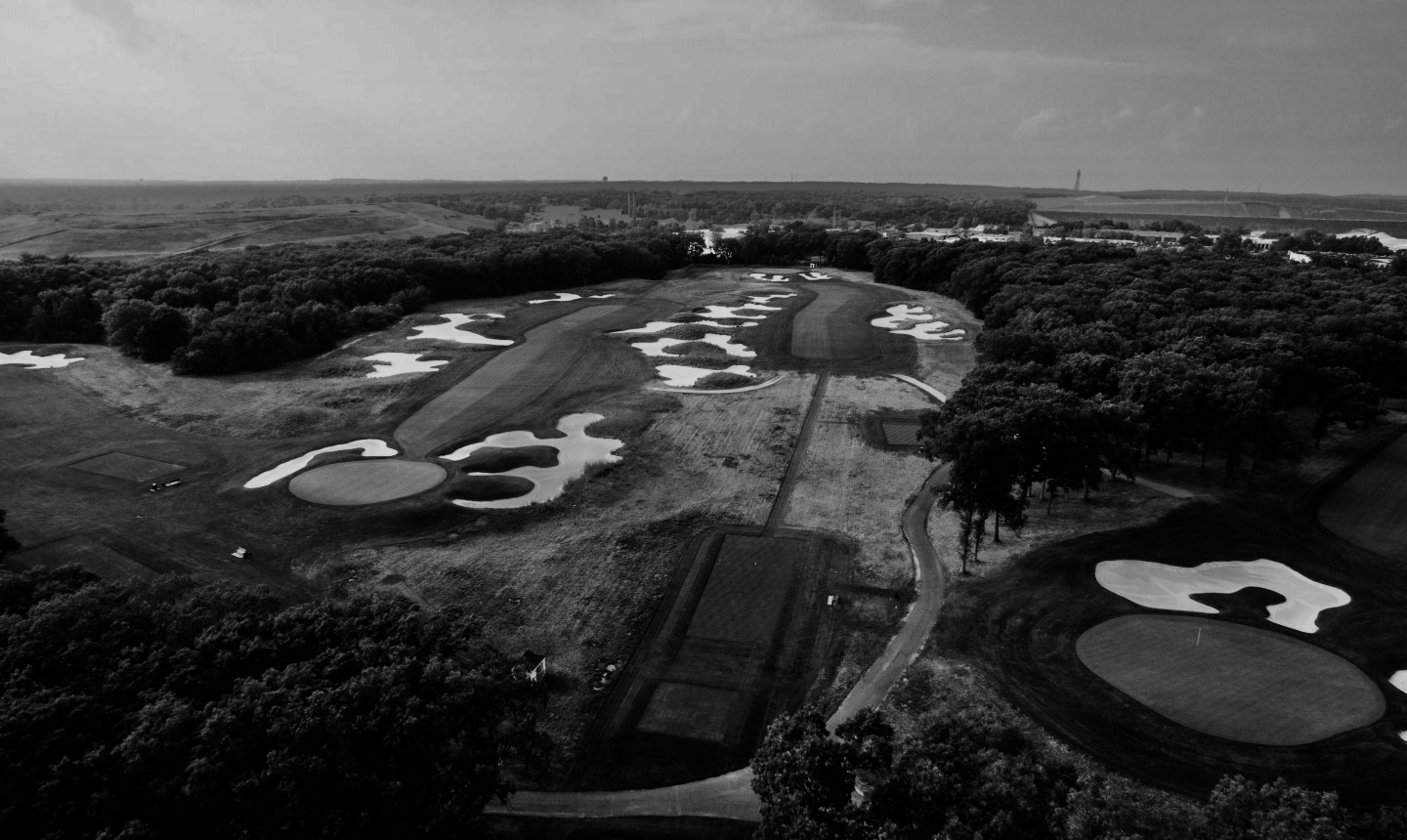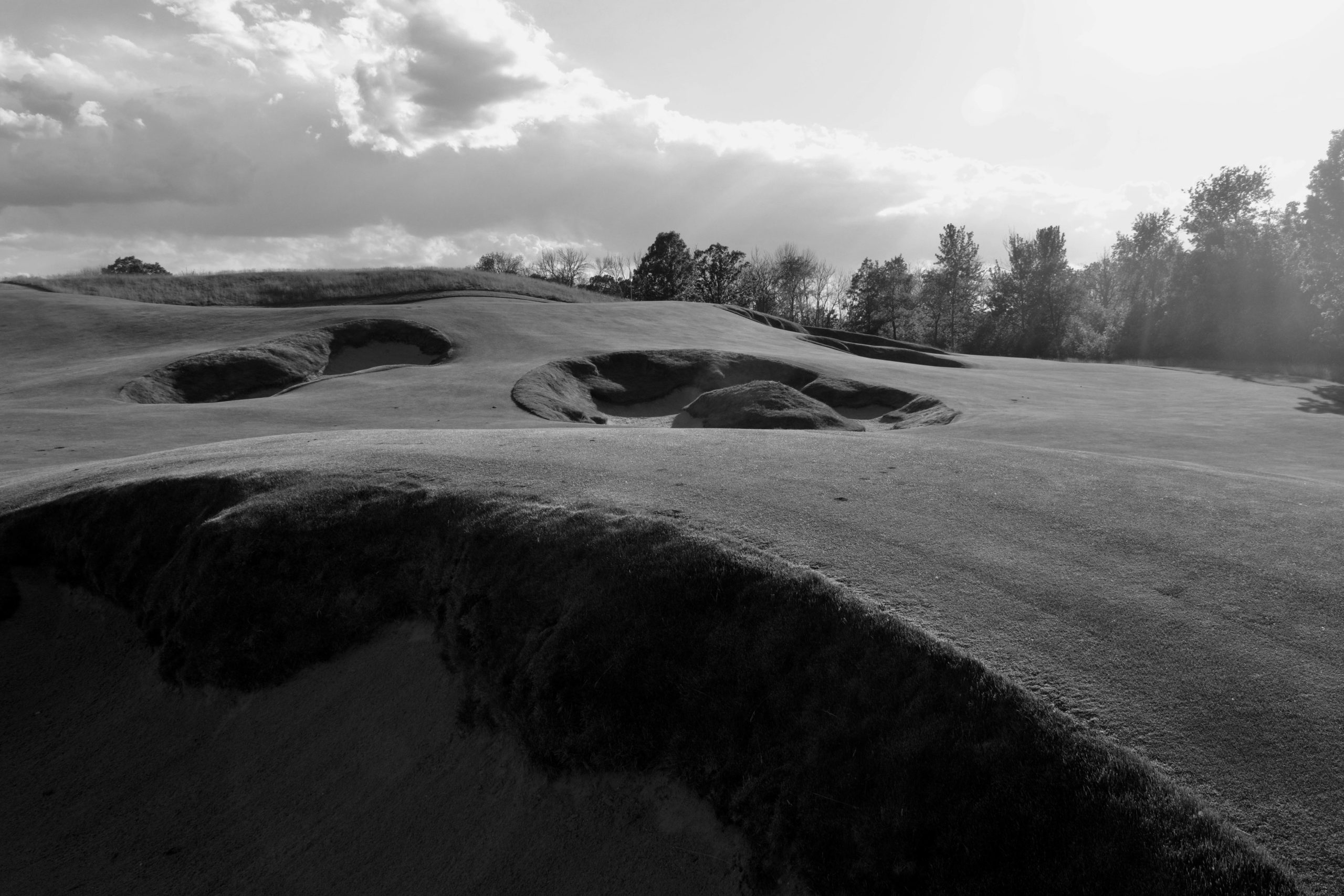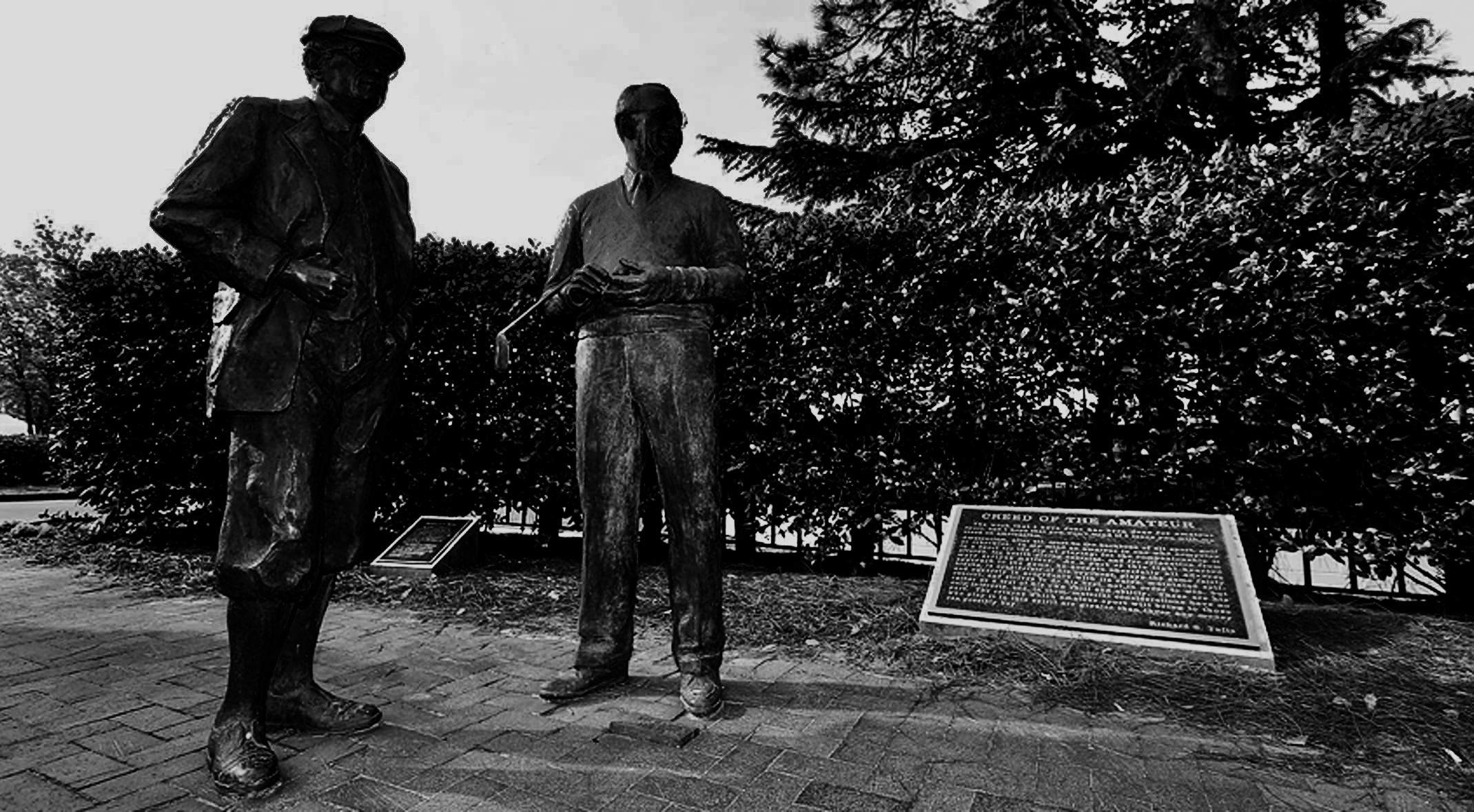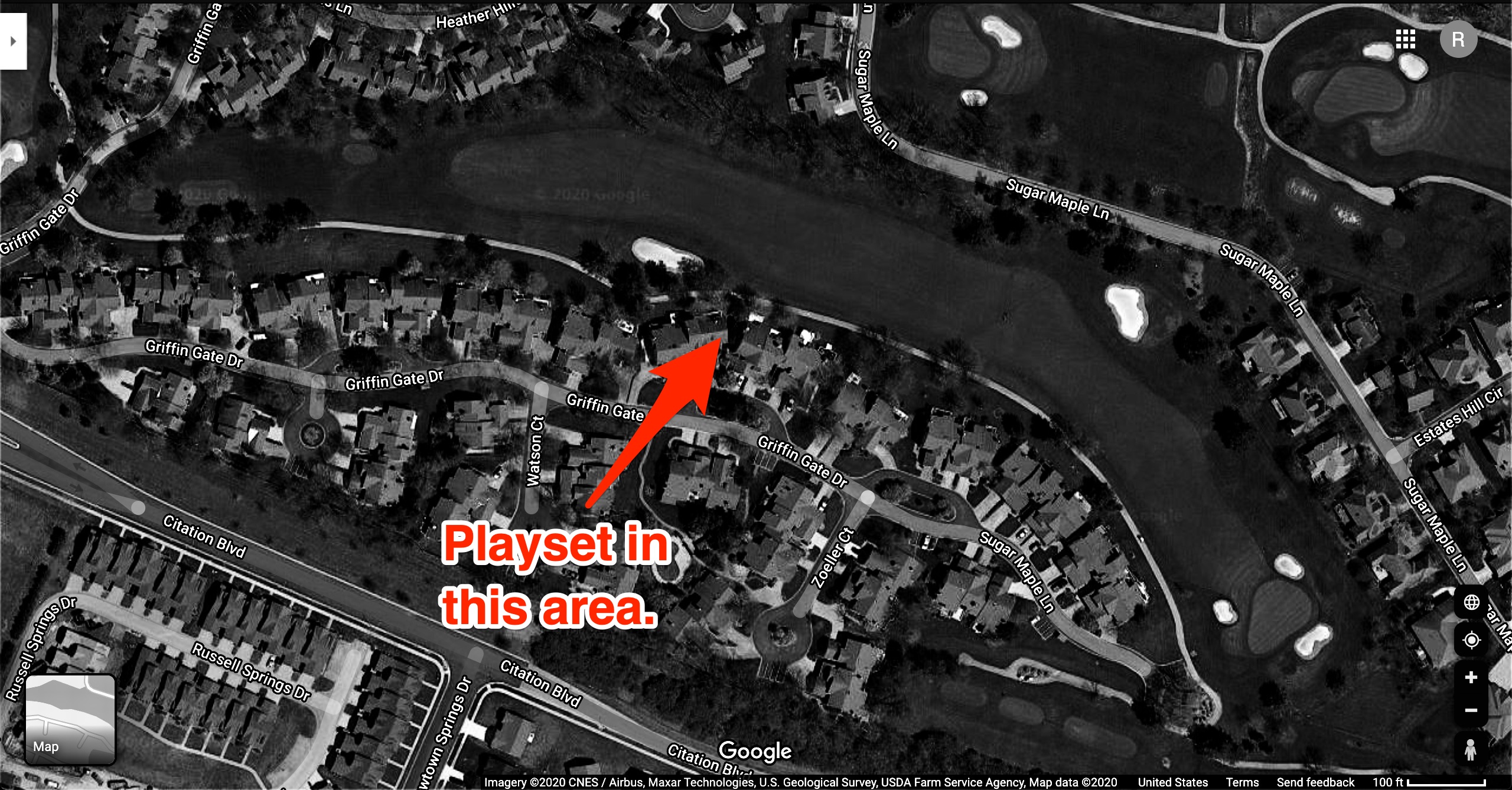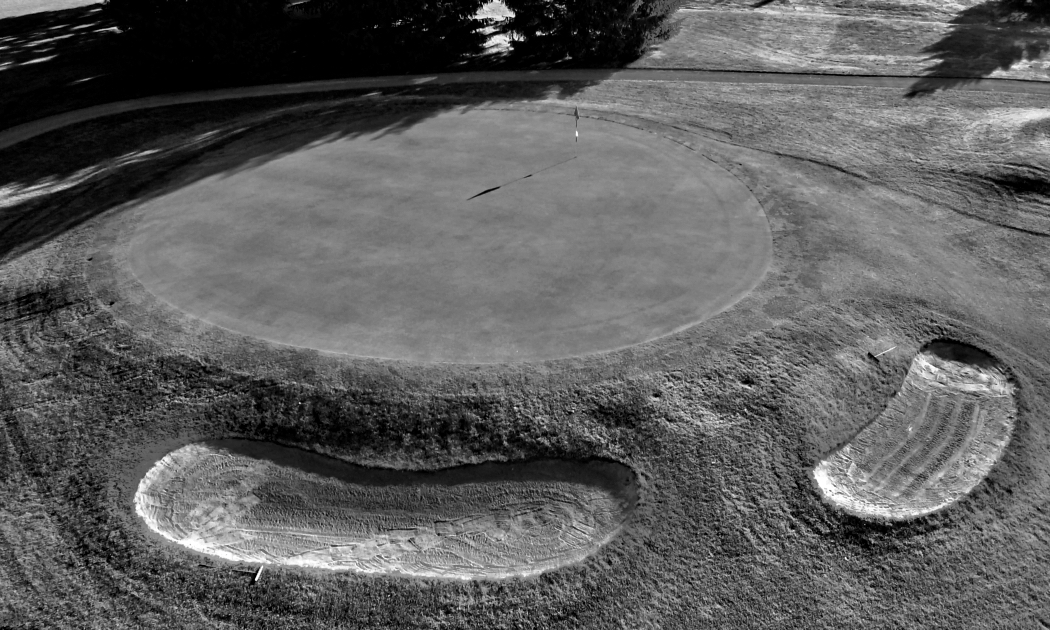I was driving along Interstate 70 and decided that I wanted to play a Donald Ross…so I stopped at Broadmoor.
No, not the Denver-area resort. Although that Broadmoor checks all the above boxes, I live in Columbus and needed a quicker fix. That, and an email alerting me to all of the restoration work that had recently been completed by Bruce Hepner, led me to pull up short in Indianapolis and check out the other Broadmoor, a country club on the near-west side of town.
I’m the kind of guy who does bare-bones research in the lead-up to a round — usually looking at Google Map aerials — so I know what to expect and, more importantly, what I should ask about.
Immediately, from one glance at Google, I had several questions, and they all dealt with the bunkering. After playing the course, I had even more.
It’s dangerous to describe a “normal” Donald Ross course, as the architect created almost as many courses as his Golden Age competition combined, which gave him room to wiggle and tweak. I’ve read Golf Has Never Failed Me and I’ve played enough Ross courses to know that no one breaks Ross’s rules as much as Ross himself.
That said, the bunkering at Broadmoor struck me as highly irregular on three fronts. I was able to speak with Bruce Hepner, who oversaw the restoration for Broadmoor, so he could set the record straight on these three aspects of Broadmoor’s bunkering.
Continue reading “The Bunkers at Broadmoor (Indiana) Country Club and The Indefinable Donald Ross” »



